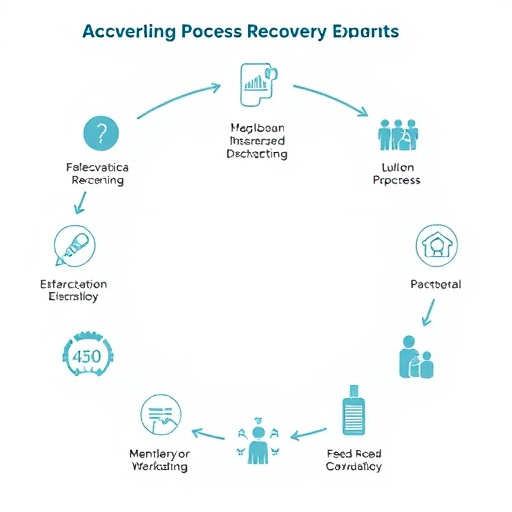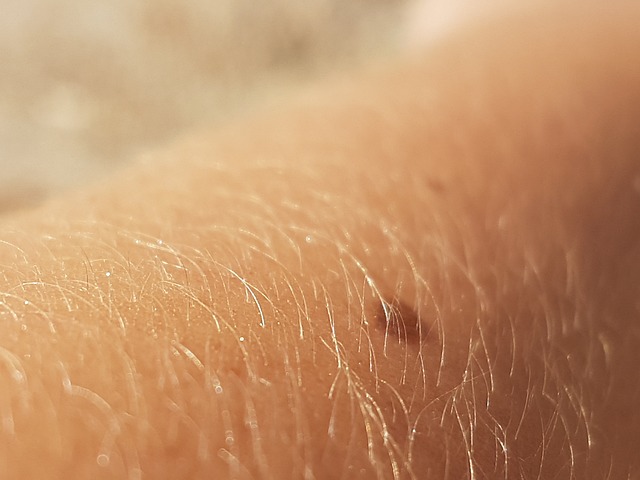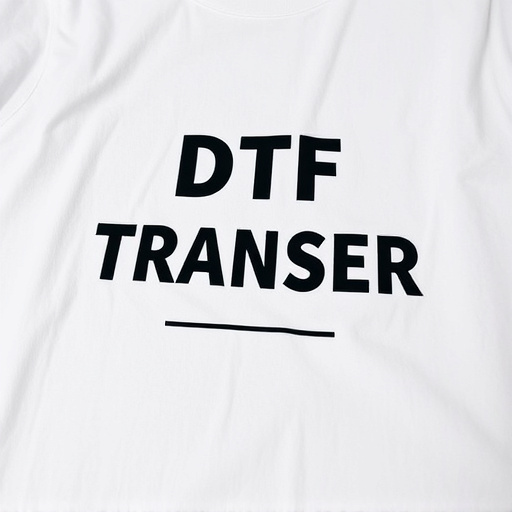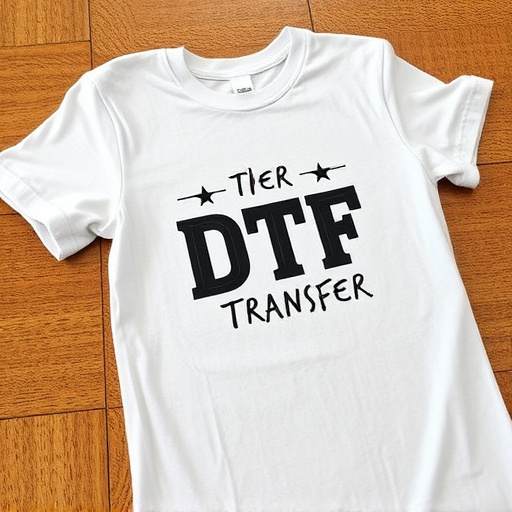DTF Printing (Direct-to-Film) is a cutting-edge technology offering durable, vibrant prints ideal for art, advertising, and signage. Key factors influencing its longevity include ink quality, surface preparation, and environmental conditions. High-performance substrates with protective coatings enhance durability against fading, cracking, and weather damage. Proper storage, regular cleaning, and protective measures maximize DTF print lifespan, making it suitable for outdoor displays and product packaging. As a game-changer in various industries, DTF Printing provides crystal-clear visuals even after extended outdoor exposure.
“Direct-to-film (DTF) printing offers a powerful way to bring designs to life on various surfaces, but understanding its durability is essential for long-lasting applications. This article delves into the factors that determine the lifespan of DTF transfers, providing insights into maintaining their vibrancy and longevity.
From environmental considerations to material choices and care tips, we explore practical strategies to ensure your DTF prints withstand the test of time. Discover real-world examples and case studies, highlighting successful implementations and best practices for optimal DTF printing durability.”
- Understanding Direct-to-Film (DTF) Printing: A Brief Overview
- Factors Influencing DTF Transfer Lifespan
- Environmental Conditions and Their Impact
- Material Selection for Longevity
- Maintenance and Care Guidelines
- Real-World Applications and Case Studies
Understanding Direct-to-Film (DTF) Printing: A Brief Overview
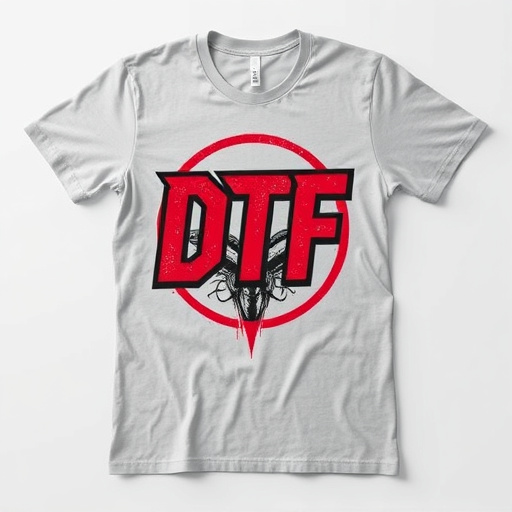
Direct-to-Film (DTF) Printing is a cutting-edge technology that has revolutionized the way we reproduce and enhance images, especially in the fields of art, advertising, and signage. This innovative process involves transferring an image or design directly onto a variety of film surfaces, offering exceptional durability and vibrant colors. DTF Printing differs from traditional printing methods as it bypasses intermediate stages, ensuring a more efficient and precise outcome.
The lifespan of DTF prints is one of its standout features. The direct application to the film surface creates a robust bond, making the images highly resistant to fading, cracking, or peeling. This durability allows DTF prints to maintain their quality for extended periods, even under exposure to outdoor elements. As a result, it’s a preferred choice for creating eye-catching displays, posters, and art pieces intended for long-term use.
Factors Influencing DTF Transfer Lifespan
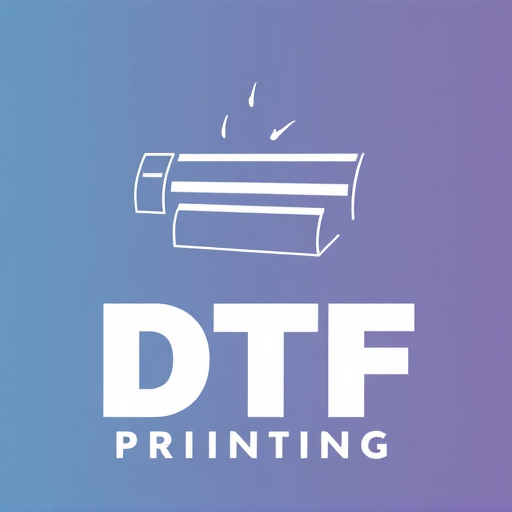
The lifespan of a direct-to-film (DTF) transfer is influenced by several factors, each playing a significant role in determining its longevity. One key factor is the quality and type of ink used; vibrant, high-definition inks designed specifically for DTF printing tend to offer better durability compared to standard printer inks. The print surface preparation is also crucial; proper cleaning and treatment of the film ensure optimal adhesion and resistance to fading.
Additionally, environmental conditions significantly impact the lifespan of DTF transfers. Exposure to direct sunlight can accelerate the degradation process, causing colors to fade faster. Humidity and temperature fluctuations can also weaken the bond between the transfer and the substrate, leading to peeling or cracking over time. Thus, proper storage in a cool, dry place after application is essential to maintain the integrity of the transfer for an extended period.
Environmental Conditions and Their Impact
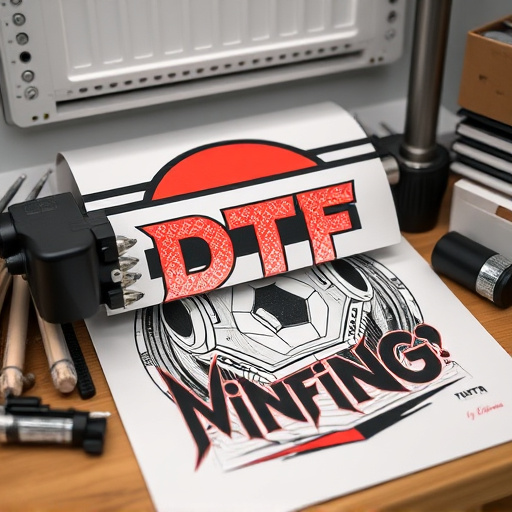
Direct-to-film (DTF) printing, a cutting-edge technique in sign making, offers exceptional durability for outdoor applications. However, the lifespan of DTF transfers can vary significantly based on environmental conditions. Extreme temperatures, whether scorching heat or freezing cold, can degrade the ink and substrate over time, leading to fading and peeling. High humidity levels accelerate this process, as moisture can penetrate the transfer, causing it to lose its adhesion and become vulnerable to damage.
Prolonged exposure to direct sunlight is another critical factor. UV rays from the sun break down the chemical bonds in the inks, resulting in color fading and reduced opacity. To maximize DTF transfer longevity, proper storage conditions are essential. Maintaining a cool, dry place, away from direct sunlight and excessive moisture, can significantly extend the lifespan of these transfers, ensuring vibrant, lasting images on various surfaces.
Material Selection for Longevity
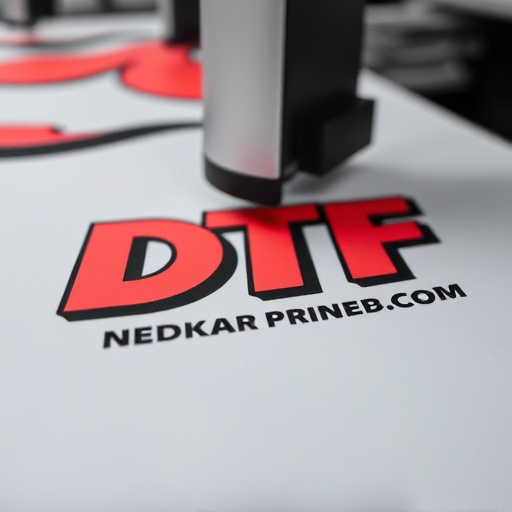
When it comes to ensuring the longevity of direct-to-film (DTF) prints, material selection plays a pivotal role. Choosing the right substrates is essential for achieving high-quality, long-lasting results in DTF printing. High-performance materials designed specifically for this process offer enhanced durability against fading, cracking, and other forms of degradation. These advanced materials often incorporate protective coatings and layers that safeguard the printed image, ensuring its vibrancy and clarity remain intact over extended periods.
The selection should also consider environmental factors, such as exposure to sunlight, moisture, and varying temperatures. UV-resistant inks and top coats can significantly prolong the lifespan of DTF transfers, making them suitable for both indoor and outdoor applications. By carefully evaluating material properties, printmakers can optimize their choices, ultimately delivering products that meet or exceed durability expectations.
Maintenance and Care Guidelines
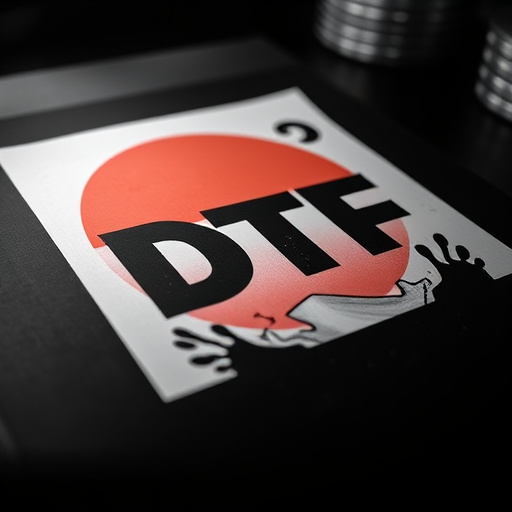
To ensure optimal longevity for your direct-to-film (DTF) prints, proper maintenance and care are paramount. Regular cleaning is essential to prevent dirt, dust, and fingerprints from accumulating on the film surface, which can compromise its durability. Use a soft, lint-free cloth or brush to gently wipe down the film after each use, removing any visible debris. Avoid using aggressive cleaning agents or abrasive materials that could damage the delicate film coating.
Additionally, store your DTF prints in a cool, dry place away from direct sunlight and extreme temperature fluctuations. Moisture can cause the film to peel or yellow over time, so ensure proper ventilation. Consider framing your prints or using protective coatings to enhance their durability and prevent scratches or scuffs. By following these simple guidelines, you can preserve the vibrant colors and crisp details of your DTF prints for years to come.
Real-World Applications and Case Studies

Direct-to-film (DTF) printing, a cutting-edge technology, has found its niche in various real-world applications, showcasing its durability and longevity. From outdoor advertising to wayfinding signs, DTF printing offers vibrant, long-lasting images that withstand the test of time and environmental conditions. Case studies demonstrate that DTF-printed materials can endure exposure to sunlight, rain, and even harsh industrial settings for extended periods without significant degradation in quality.
One notable example is its deployment in public transportation systems, where DTF technology enhances wayfinding signs, providing crystal-clear visuals even after months of outdoor exposure. Additionally, the printing industry itself has benefited from DTF’s ability to create durable, high-resolution labels and packaging, ensuring product information remains legible and effective throughout distribution and retail displays. These real-world applications highlight the practical advantages of DTF Printing, solidifying its position as a reliable solution for long-lasting, visually appealing outputs.


